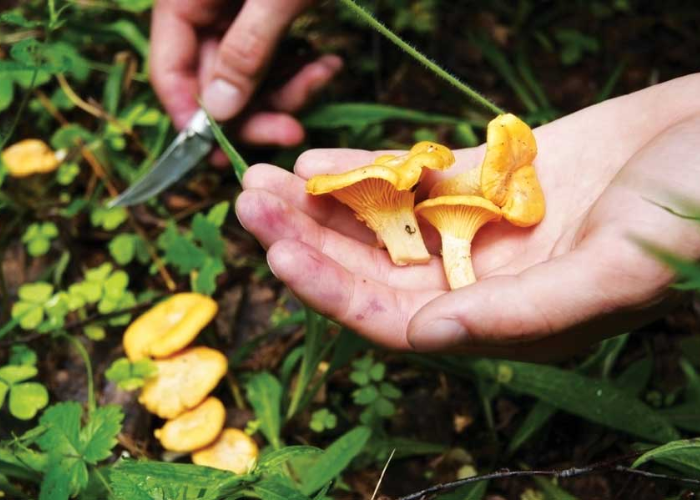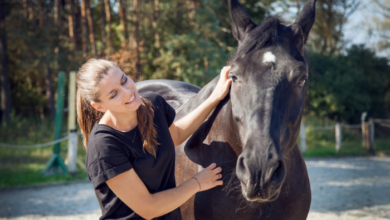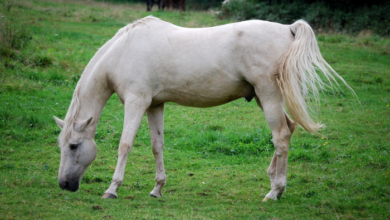
The Complete Guide to Edible Wild Plants, Mushrooms, Fruits, and Nuts
Foragers rejoice! If you’ve ever wanted to learn more about edible wild plants, mushrooms, fruits, and nuts, then this guide is for you. Foraging is a great way to explore nature, learn about the ecology of the environment, and get your hands on some delicious and nutritious food. We’ll cover the basics of foraging, a few of the most common edible wild plants, mushrooms, fruits, and nuts, a few cautions and safety guidelines for foragers, and more. So grab your basket and your binoculars, and let’s get started!
Foraging Basics
Foraging is the act of searching for wild food sources. While foraging can be a fun and rewarding activity, it’s important to understand that foraging is not about taking more than you need. It’s about understanding and respecting the environment, and taking only what you need. It’s also important to know the laws and regulations in your area, as there may be restrictions on harvesting certain species.
When foraging, it’s also important to know how to identify the plants, mushrooms, fruits, and nuts you’re looking for. Make sure you do your research, and if you’re ever unsure, don’t eat it!
Edible Wild Plants
There are many edible wild plants that can be foraged, including wild onions, garlic, fennel, and dandelion. These plants are easily recognizable and can be found growing in fields and meadows. Wild onions and garlic are easily identifiable by their distinct smell, which is unmistakable when crushed. Fennel is easily identified by its signature anise flavor and its tall, feathery leaves. Dandelion, with its bright yellow flowers, is a common sight in grassy fields.
Edible Wild Mushrooms
Mushrooms are a fantastic foraging find. There are many varieties of edible wild mushrooms, including chanterelle, morel, and lobster mushrooms. Chanterelles are easily recognizable by their yellow-orange hue and funnel-shaped caps. Morels are also easily identifiable by their unique honeycomb-like caps. Lobster mushrooms are recognizable by their bright orange hue and unique flavor.
Edible Wild Fruits
Many wild fruits can be foraged, including blackberries, raspberries, and elderberries. Blackberries and raspberries can be found growing in thickets, and are easily identified by their dark berries and thorny vines. Elderberries are easily identified by their clusters of small, dark purple berries.
Edible Wild Nuts
Nuts are a great source of nutrition, and many edible nuts can forage in the wild. Acorns, hazelnuts, and walnuts are all easily recognizable and can be found growing in forests, orchards, and fields. Acorns are the most common of the three and can be identified by their distinct caps. Hazelnuts and walnuts can be easily identified by their distinctive shape.
Cautions and Safety Guidelines for Foraging
Foraging can be a great way to explore nature and find delicious and nutritious food, but it’s important to be aware of the potential risks. Make sure to do your research and learn to identify the plants, mushrooms, fruits, and nuts you’re looking for. If you’re ever unsure, don’t eat it! It’s also important to be aware of the rules and regulations in your area. Many areas have restrictions on harvesting certain species, so make sure you know the laws before you forage.
It’s also important to be aware of the environment you’re foraging in. Be mindful of the land and the animals, and take only what you need. Don’t over-harvest an area, as this can be damaging to the environment.
Conclusion
Foraging for edible wild plants, mushrooms, fruits, and nuts can be a great way to explore nature and find delicious and nutritious food. But it’s important to understand the basics of foraging, be aware of the laws and regulations in your area, know how to identify the plants, mushrooms, fruits, and nuts you’re looking for, and be mindful of the environment. With a little knowledge and the right attitude, foraging can be a great way to enjoy nature and get your hands on some delicious food.




